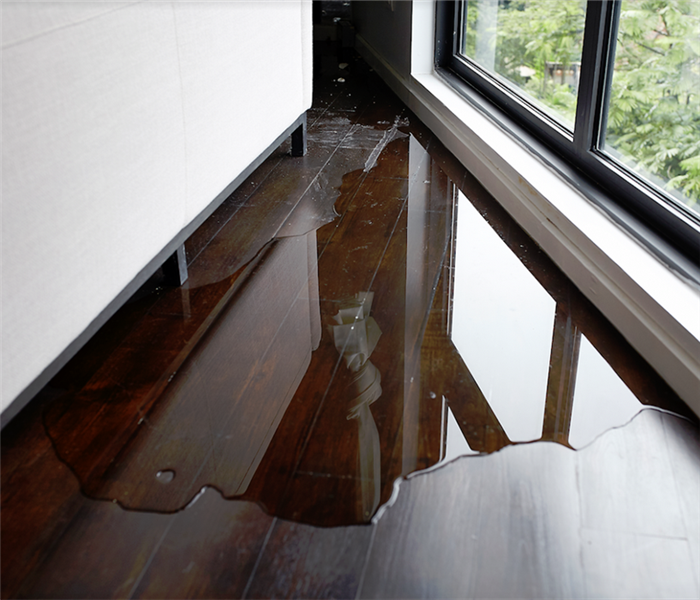Understanding Moisture Movement for Los Angeles Water Restoration
11/27/2022 (Permalink)
 Dealing with water damage that has affected your home can be exhausting. Partner with SERVPRO during this time for effective water removal services.
Dealing with water damage that has affected your home can be exhausting. Partner with SERVPRO during this time for effective water removal services.
Drying Principles for Water Restoration in Homes
Our SERVPRO professionals are well-educated in psychometry or the behavior of water. As certified WRT specialists through the IICRC, we have become educated and experienced with how water reacts in specific situations and what to expect when the drying process begins. Tenets of psychometry include:
- Wet to Dry
- Hot to Cold
- High Pressure to Low Pressure
Wet to Dry
One vital component of efficient water restoration in Los Angeles homes is knowing that wet conditions seek out dry conditions. This constant natural process to seek equilibrium forces moisture through permeable surfaces to spread water as far out from the source as possible. Drying efforts must establish a perimeter to avoid this known phenomenon.
Hot to Cold
Warmer temperatures always seek out colder temperatures, so you can expect this same factor to exist with the movement and migration of water in your residence. This can apply greatly to measures needed to get implemented when the drying process begins, as it is customary to warm up the area and increase the air pressure of the drying zone. Containment measures help to keep this warmer condition from finding paths to other, cooler regions of the house.
High to Low Pressures
A good way to think of the movement of high pressure to low pressure is a force pushing against a surface where there is no competing pressure on the other side. The result is a siphoning of moisture from the damaged portion of your home to an area otherwise unaffected by the leak. Understanding the capacity of water to migrate this way can help SERVPRO better contain damaged areas.
Knowing how to handle water restoration in Los Angeles begins with appreciating how moisture moves in a household. We have experienced professionals educated through the IICRC in psychometry to provide the best restoration services for your home. Call our SERVPRO of Silver Lake / Echo Park team today at (213) 628-2000.

 24/7 Emergency Service
24/7 Emergency Service